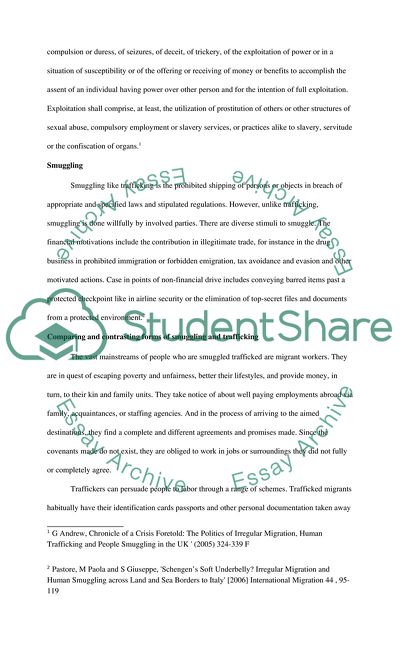Cite this document
(“The Difference between Smuggling and Trafficking Coursework”, n.d.)
Retrieved from https://studentshare.org/law/1640661-the-difference-between-smuggling-and-trafficking
Retrieved from https://studentshare.org/law/1640661-the-difference-between-smuggling-and-trafficking
(The Difference Between Smuggling and Trafficking Coursework)
https://studentshare.org/law/1640661-the-difference-between-smuggling-and-trafficking.
https://studentshare.org/law/1640661-the-difference-between-smuggling-and-trafficking.
“The Difference Between Smuggling and Trafficking Coursework”, n.d. https://studentshare.org/law/1640661-the-difference-between-smuggling-and-trafficking.


